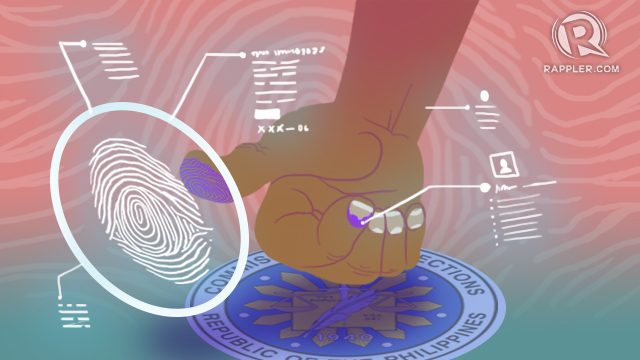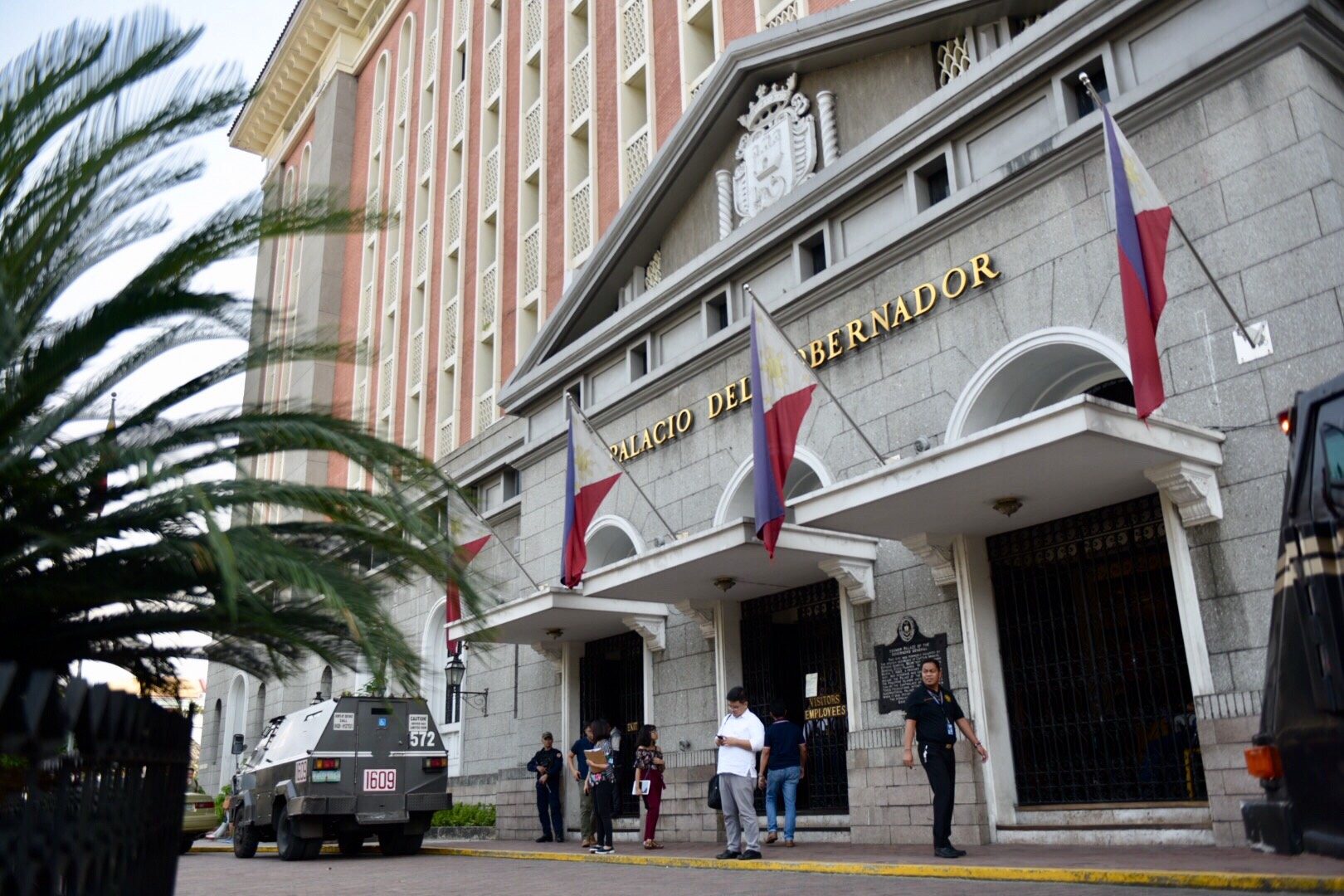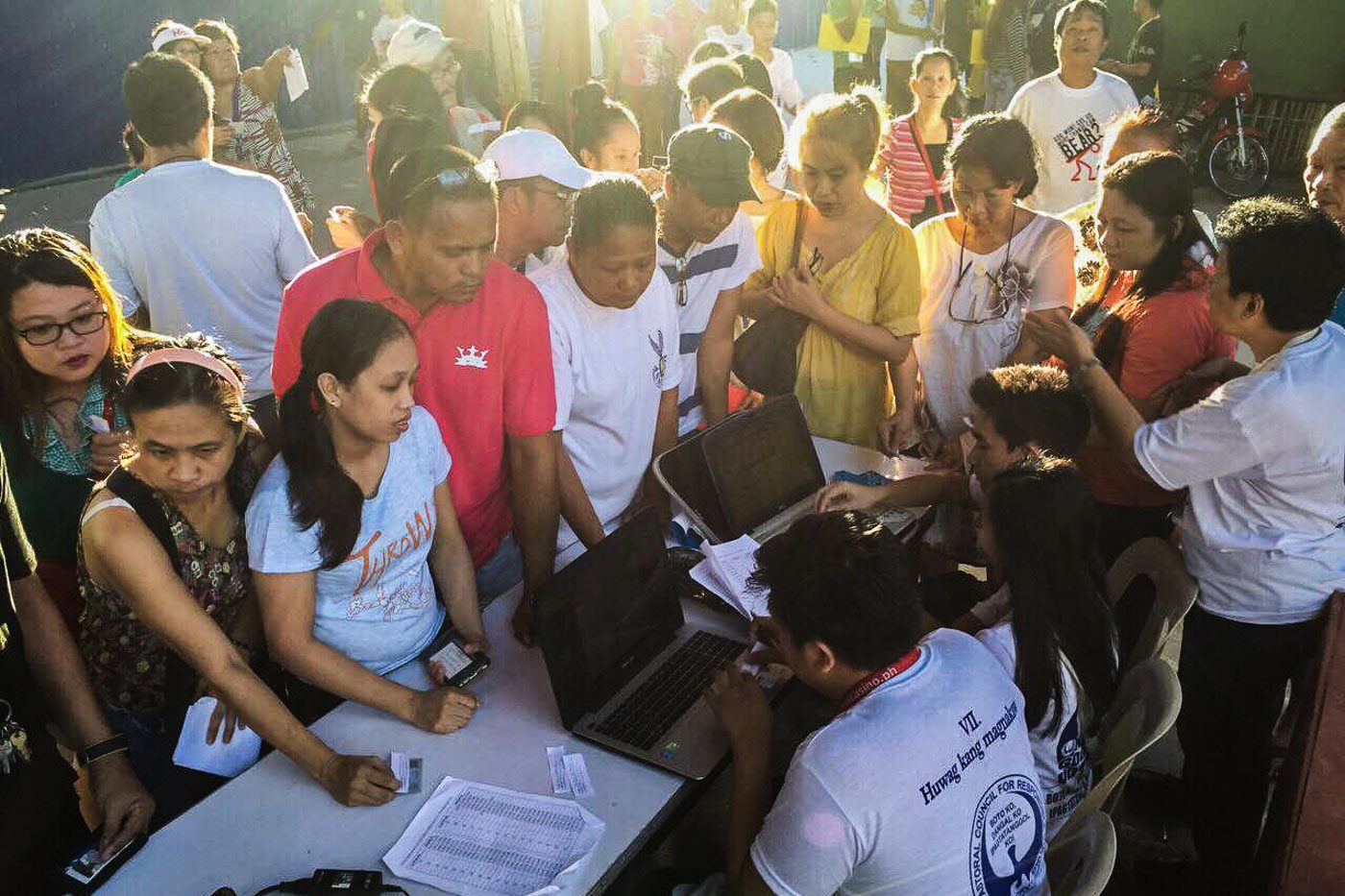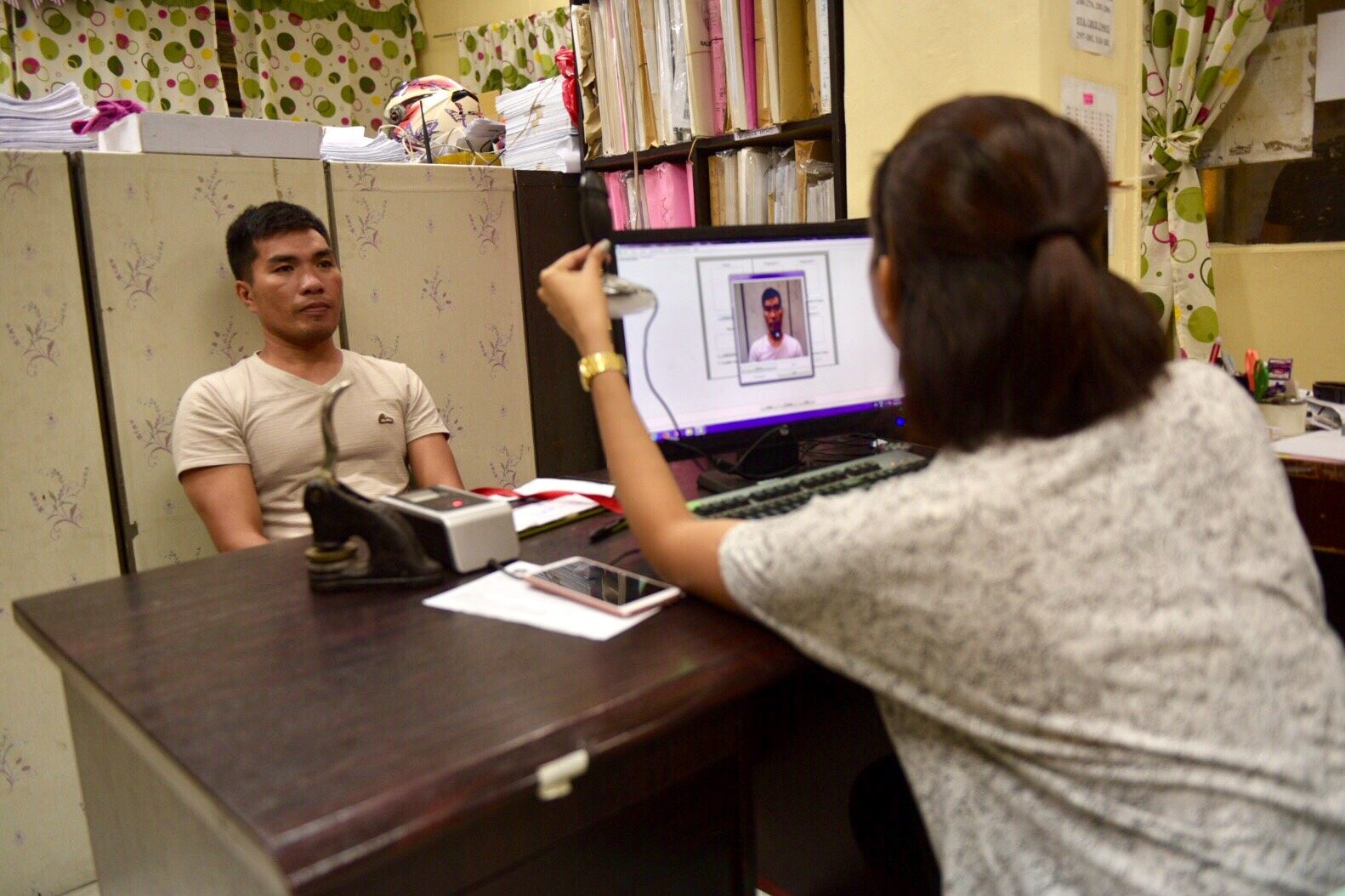SUMMARY
This is AI generated summarization, which may have errors. For context, always refer to the full article.

MANILA, Philippines – When Filipinos step out to vote in the 2019 elections, thousands will be among the first to test the Commission on Elections’ (Comelec) new voter registration verification machine (VRVM).
The polly body’s VRVMs are eyed as a new way to screen for impostors and illegal voters. Comelec Spokesperson James Jimenez earlier said deploying VRVMs was part of the agency’s efforts to thwart “flying voters” or those who try to vote in more than one precinct.
To be launched in only a few test sites in the upcoming May polls, the VRVMs will make use of live fingerprint scanning technology to verify a voter’s identity and whether or not he or she is registered in a certain precinct. It replaces the Comelec’s old system, where election inspectors manually looked for voters’ names on the list of registered voters.
Having voter verification automated is in keeping with the Comelec’s mandate to ensure the integrity of elections. For election lawyer Emil Marañon, manually verifying voters was often a step election operators exploited to commit poll fraud.
“This aspect [voter verification] of the AES is the only discretion left to the members of the Electoral Board and, consequently, the automated system’s weak point,” Marañon wrote in an opinion piece on Rappler.
“Members of the Electoral Boards can be forced, intimated, bribed or can simply collude with politicians and that’s it! This vulnerability has been exploited by election operators and cheaters since the 2010 elections,” he added.

If things go smoothly when using the VRVMs, the Comelec said it may use the machines nationwide for the 2022 presidential elections.
In the meantime, Comelec Resolution 10522 lists the following 14 areas where the VRVMs will be piloted tested on election day, May 13:
- Manila
- Quezon City
- Davao City
- Pangasinan (including all cities)
- Cavite (including all cities)
- Cebu (including all cities)
- Negros Occidental (including all cities)
- Zamboanga del Sur (including all cities)
- Davao del Sur (including all cities)
- Bangsamoro Autonomous Region in Muslim Mindanao
- Caloocan City
- Iloilo (including all cities)
- Nueva Ecija (including all cities)
- Misamis Oriental (including all cities)

If you’re a voter in one of these areas, here’s what you should know:
When polls open no later than 6 am, chairpersons of the Board of Election Inspectors (BEI) will switch on the VRVM and log in along with poll clerks. They will verify that the number of registered voters on the machine’s system matches the numbers of registered voters in the election day computerized voters’ list (ECVL).
Once this is done, the machines will be ready for use.
As voter, you can expect the following steps to be taken:
STEP 1: Teachers, who serve as members of the BEI, will first ask for your name to check if it is part of the list of voters crossed out from the voters’ list.
Voters whose names are part of the crossed-out list include those who have transferred precincts, registered multiple times, died, or have been excluded by a court. In such cases, those part of this list will not be allowed to vote.
Once this is done, individuals who are not on the crossed-out list will have their fingerprints scanned on the VRVM.
STEP 2: To verify your fingerprint, place your thumb or index finger on the machine’s scanner until its red light disappears.
If scanning fails, try again with another finger used to register your biometric data during the Comelec’s voter registration. Fingerprint scanning can be done up to a maximum of 4 times.
If on the fourth try scanning still fails, the poll clerk will proceed with manual verification.
STEP 3: Once verified by the VRVM, a verification receipt will be printed.
Poll clerks will give you the receipt, which you will need to present to the chairperson of the BEI.
After presenting your receipt, the chairperson will issue you a ballot, ballot secrecy folder, and marking pen.
Take note, a verification receipt can only be printed once, so don’t lose it. Receipts also cannot be taken outside of polling places.
Once this is done, you’re ready to vote!
Watch a demo of the steps in the video below:
Roadblocks ahead?
The Comelec’s use of the VRVMs in May will highlight issues the poll body will need to resolve if it is to deploy the machine nationwide for the 2022 elections. These include testing the quality of the Comelec’s biometrics database.
Marañon, who served as chief of staff of former Comelec chair Sixto Brillantes Jr, pointed out the poll body has been collecting voters’ biometric data for over a decade. In that period, different suppliers with different machines have been used, which, Marañon said, could result in various levels of accuracy.

To address this, the poll body should announce a “Biometric Match Threshold” or a minimum degree of similarity between a voter’s fingerprint and biometric data stored in its system before declaring a “match.”
Marañon said this can prevent unintended controversy similar to the shading threshold, which had become an issue in Bongbong Marcos’ election protest before the Presidential Electoral Tribunal.
Aside from this, failure to verify a voter’s fingerprint will not automatically result in being unable to vote. Comelec rules provide that poll clerks may still search the VRVM’s system for voters’ profiles. If that fails too, a manual search on the voters’ list can be carried out as a last resort.
In this case, will the VRVMs still achieve their purpose of weeding out impostors and illegal voters?
Successful implementation of the VRVMs in the 2019 elections could determine if they will be used for the presidential elections in 2022, and whether or not the Comelec will come closer to stamping out poll fraud. – Rappler.com
Add a comment
How does this make you feel?





There are no comments yet. Add your comment to start the conversation.